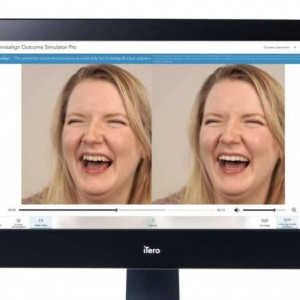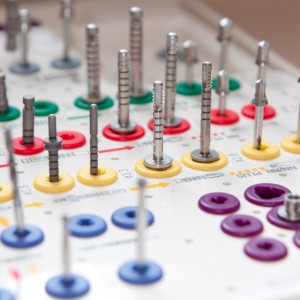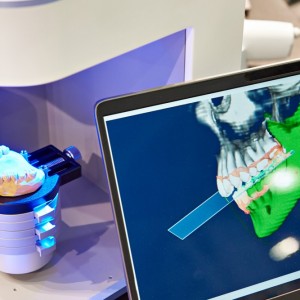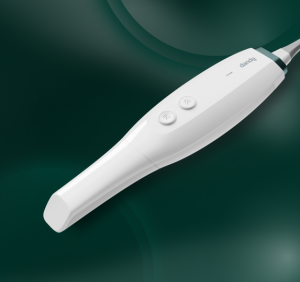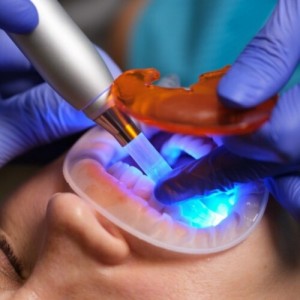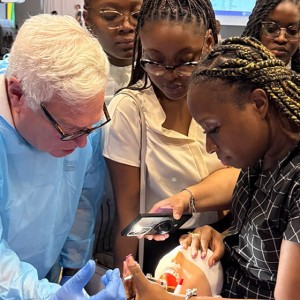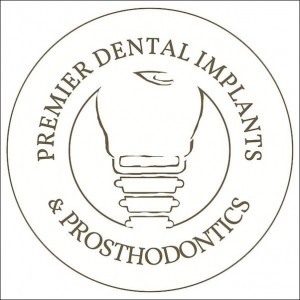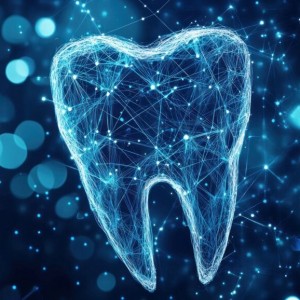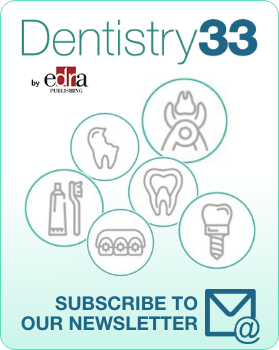
Digital vs conventional impressions in edentulous patients: a systematic review
Lorenzo Breschi
As people’s age increases, the rehabilitation of completely edentulous patients using conventional complete dentures has become widespread. A crucial phase in the prosthetic treatment is the impression-taking process, where the impression technique and materials employed play a key role in ensuring proper retention and function of the final denture.
In this context, the traditional two-step impression technique remains the gold standard for conventional complete dentures. However, with the advent of the digital era, intraoral scanners are gaining prominence in the field of dentistry. Despite the potential advantages of digital impressions (DI) such as reduced processing times and enhanced patient comfort, some challenges have been reported for the precision and accuracy of the scans relating to the presence of large edentulous areas.
In this regard, Casucci et al. conducted a systematic review to evaluate the accuracy, working time and patient satisfaction of DI compared to conventional impressions (CI) taken for removable prostheses on completely edentulous arches.
Materials and methods
A systematic search of the literature was conducted in electronic databases, including PubMed, Cochrane Library, Scopus, and Science Direct. Published articles were selected with no limitation on publication date, focusing on in vivo studies comparing DI and CI techniques for the fabrication of complete removable prostheses. The primary outcomes assessed were accuracy (in terms of trueness and precision), working time (scanning time), and patient satisfaction. The risk of bias in each included study was thoroughly assessed.
Results
After the screening process, 6 articles were deemed eligible for inclusion and selected for qualitative analysis. All these studies involved full-arch scans performed intra-orally with a focus on investigating the trueness of DI; however, no publication evaluated the accuracy in terms of precision. Specifically, discrepancy between DI and CI were primarily identified in the peripheral areas. Notable, working time for scanning procedures and patient satisfaction were assessed in only one study. Moreover, there was a lack of standardization in CI procedures and sample size collection across all studies. The highest risk of bias was predominantly associated with participant selection due to potential variability in anatomical and tissue conditions that occur in clinical practice.
Conclusion
The authors concluded that the current available scientific evidence on DI for complete edentulous arches is limited, particularly regarding scanning time and patient satisfaction. While digital scanning in edentulous patients appears to be a predictable procedure within the limits of the attached mucosa, the lack of complete information emphasize the need for further research and standardization.
For more information: Casucci A, Mazzitelli C, Tsiplakis V, D'Arienzo LF, Breschi L, Ferrari M. Digital Impressions in Edentulous Patients: A Systematic Review for Clinical Evidence. Int J Prosthodont. 2023 Sep 12;36(4):486-497
 Related articles
Related articles
Products 10 November 2025
Series of new features enable patients to see their comprehensive oral health condition and potential future Invisalign® smile through dynamic visuals at chairside on an iTero scanner.
Implantology 06 November 2025
The irreversible trend toward digitization in dentistry and dental technology has resulted in technical progress and continuous changes to conventional workflows.
Digital Dentistry 04 November 2025
Digitalisation is an expanding field in dentistry and implementation of digital teaching methods in dental education is an essential part of modern education.
News 03 November 2025
Dandy, a fully digital dental lab, today unveiled two new products for digital dentistry: the revolutionary Dandy Vision intraoral scanner and the powerful.
Orthodontics 08 October 2025
The field of orthodontics in its new era is venturing ahead to more up-to-date technological point of view.
 Read more
Read more
Periodontology 14 November 2025
This study was carried out to assess the oral hygiene awareness and practices amongst patients visiting the Department of Periodontology at Gian Sagar Dental College and Hospital, Ramnagar (Patiala).
Editorials 14 November 2025
Penn Dental Medicine shared its expertise in caring for persons with disabilities with dental care providers from throughout Jamaica at a 1 ½ -day hands-on continuing education program, held October...
News 14 November 2025
Dr. Thomas M. Paumier, a dentist in Canton, Ohio, is the new President-Elect of the American Dental Association (ADA). Dr. Paumier was elected at the ADA House of Delegates meeting in Washington,...
News 14 November 2025
Premier Dental Implants & Prosthodontics is proud to announce the opening of its newly renovated dental office and the launch of its new website
News 14 November 2025
Henry Schein One and AWS Collaborate to Transform Global Dentistry with Generative AI
Industry leaders join forces to bring advanced AI capabilities to dental technology platforms — redefining patient care, clinical efficiency, and practice performance worldwide



